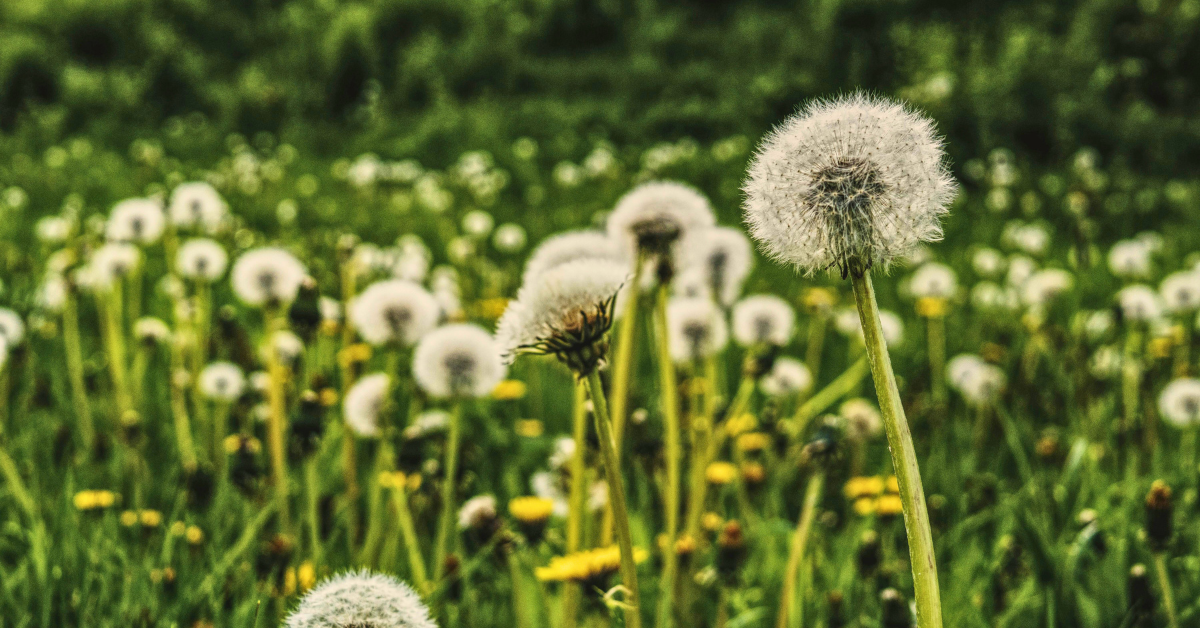Organic weed management is a holistic approach to controlling unwanted plants in your garden without the use of synthetic chemicals. It prioritizes soil health, biodiversity, and ecological balance, focusing on prevention, manual removal, and natural solutions to minimize weed growth and maintain a thriving garden ecosystem. The following list contains common weeds you’ll likely see across Metro Denver along with natural treatment and prevention strategies.
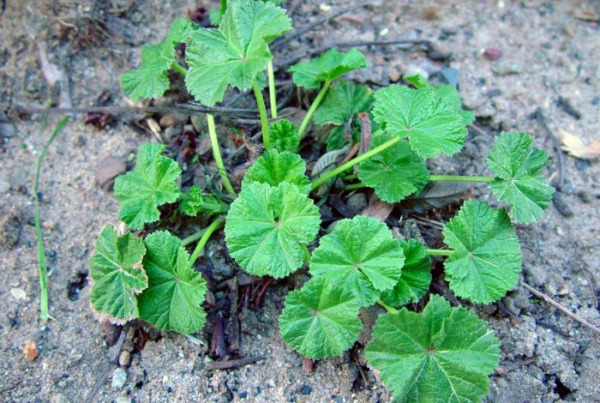
Mallow (Malva spp.)
- Perennial weed with lobed leaves and pink-purple flowers
- Hand-pulling effective, remove entire root system
- Mulching and regular cultivation disrupt growth
- Additional: Spreads via seeds and can form dense patches; monitor for new seedlings and remove promptly
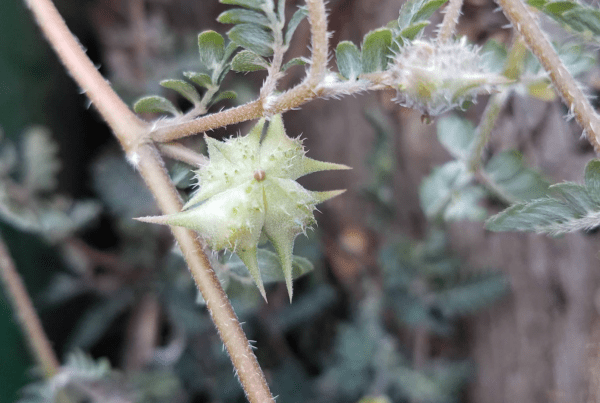
Puncture Vine (Tribulus terrestris)
- Annual weed with fern-like foliage and spiny fruits
- Remove by hand, wear gloves
- Prevents puncturing by removing before fruits mature
- Note: Dispose of fruits carefully to prevent future germination

Kochia (Kochia scoparia)
- Annual weed with red-turning leaves, reaching 6 feet
- Hand-pulling effective, remove entire plant including roots
- Mulching and cultivation prevent new seedlings
- Note: Dispose of plants properly to prevent reseeding
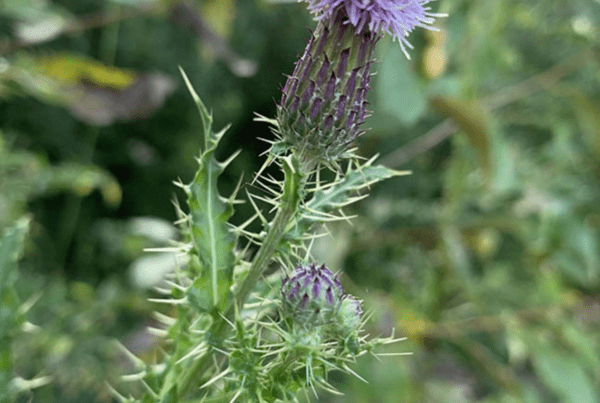
Canada Thistle (Cirsium arvense)
- Perennial weed with spiny leaves and purple/white flowers
- Spreads via underground rhizomes, colonizes large areas
- Digging up roots essential, long-term effort needed
- Mulching and mowing prevent flowering and seed production
- Note: Monitor for new shoots from underground rhizomes
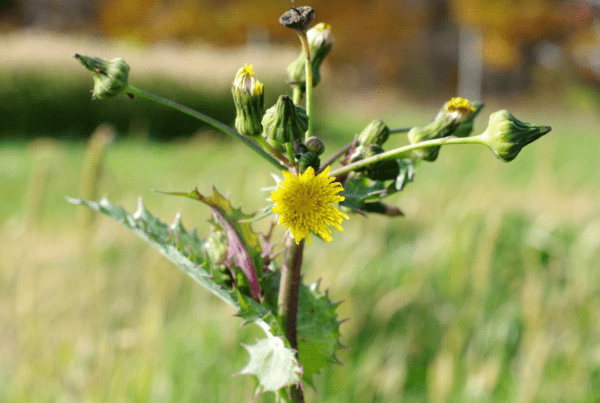
Sowthistle (Sonchus spp.)
- Annual or perennial weed with prickly leaves and yellow flowers
- Spreads via wind-dispersed seeds
- Hand-pulling effective, remove entire root system
- Mulching and cultivation suppress growth
- Note: Monitor for new growth from root fragments
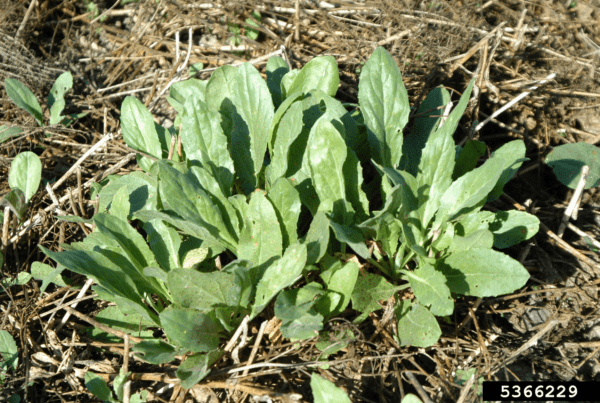
Whitetop (Lepidium draba)
- Perennial weed with small white flowers
- Spreads rapidly via rhizomes and seeds
- Digging up roots essential, may require multiple attempts
- Mulching and regular cultivation disrupt growth
- Note: Prevent seed spread by promptly removing flower heads
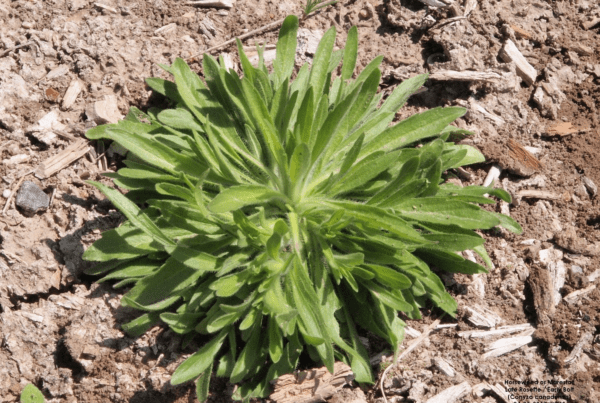
Horseweed (Conyza canadensis)
- Annual weed with tall, slender stems
- Produces numerous seeds and can become widespread
- Hand-pulling effective for young plants, remove before seeding
- Mulching and cultivation prevent new growth
- Note: Monitor for resistant biotypes, consider alternative control methods
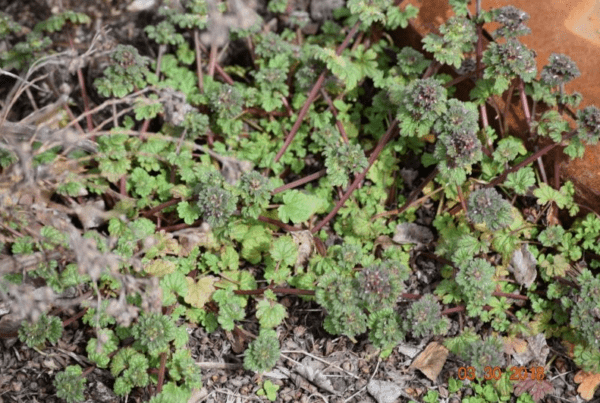
Henbit (Lamium amplexicaule)
- Annual weed with square stems and pink-purple flowers
- Thrives in cool, moist conditions
- Hand-pulling effective, remove before flowering
- Mulching and cultivation suppress new growth
- Note: Monitor for early establishment in spring and autumn

Blue Mustard (Chorispora tenella)
- Annual or biennial weed with blue-green leaves and yellow flowers
- Prefers disturbed areas and can spread rapidly
- Hand-pulling effective, remove entire plant
- Mulching and cultivation disrupt growth
- Note: Prevent seed spread by removing flower heads promptly
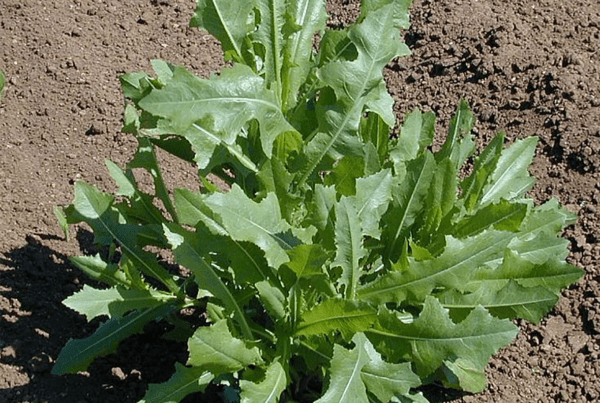
Prickly Lettuce (Lactuca serriola)
- Annual or biennial weed with prickly leaves and yellow flowers
- Spreads via wind-dispersed seeds
- Hand-pulling effective, wear gloves to protect skin
- Mulching and regular cultivation suppress growth
- Note: Monitor for new seedlings and remove promptly

Pigweed (Amaranthus retroflexus)
- Annual weed with lance-shaped leaves and spiky seed heads
- Hand-pulling effective for young plants, remove before seeding
- Mulching and cultivation suppress new growth
- Note: Avoid leaving mature plants to prevent prolific seeding
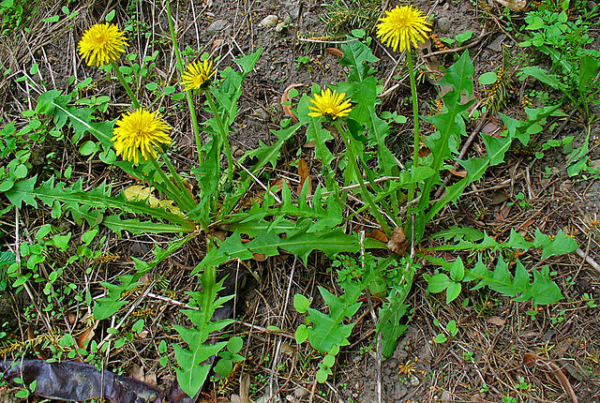
Dandelion (Taraxacum officinale)
- Perennial weed with yellow flowers and toothed leaves
- Hand-digging removes taproot, prevents regrowth
- Regular mowing prevents flowering, mulching suppresses new growth
- Note: Address seed heads promptly to prevent spread

Common Chickweed (Stellaria media)
- Low-growing annual weed with oval leaves and white flowers
- Hand-pulling effective, remove entire plant
- Regular cultivation and drainage improvement deter spread
- Note: Monitor for early establishment and act swiftly
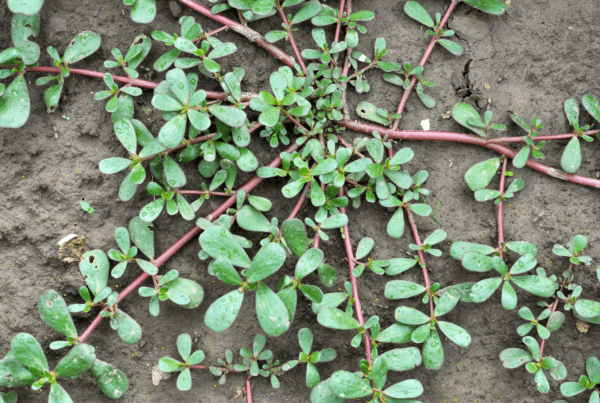
Purslane (Portulaca oleracea)
- Succulent annual weed with fleshy leaves and yellow flowers
- Hand-pulling effective, remove entire plant
- Mulching and cultivation disrupt growth
- Note: Dispose of plants carefully to avoid regrowth from stems
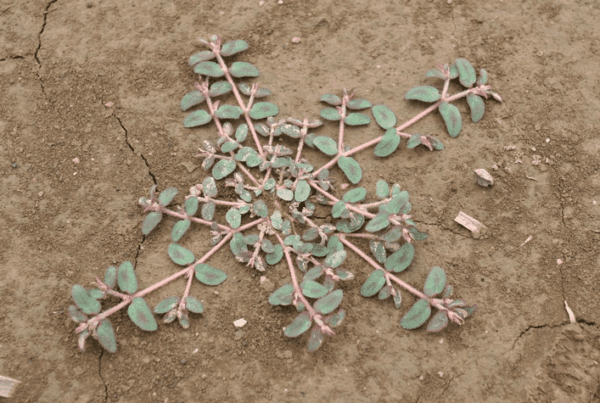
Spotted Spurge (Euphorbia maculata)
- Low-growing annual weed with reddish stems and oval leaves
- Hand-pulling with gloves, sap causes irritation
- Mulching and pre-emergent herbicide prevent growth
- Note: Prevent seed dispersal by removing plants before seeding
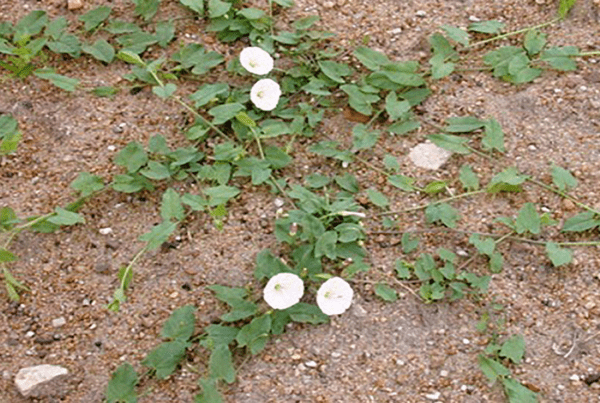
Bindweed (Convolvulus arvensis)
- Persistent vine with arrow-shaped leaves and trumpet-shaped flowers
- Spreads rapidly and overtakes garden beds
- Hand-pulling effective for small infestations, remove entire root system
- Mulching and regular cultivation suppress growth
- Note: Be vigilant as it competes with desirable plants

Lambsquarters (Chenopodium album)
- Annual weed with diamond-shaped leaves and green flowers
- Spreads rapidly via abundant seeds
- Hand-pulling effective for young plants, remove before seeding
- Mulching and cultivation suppress new growth
- Note: Harvest and consume young leaves as a nutritious edible green


